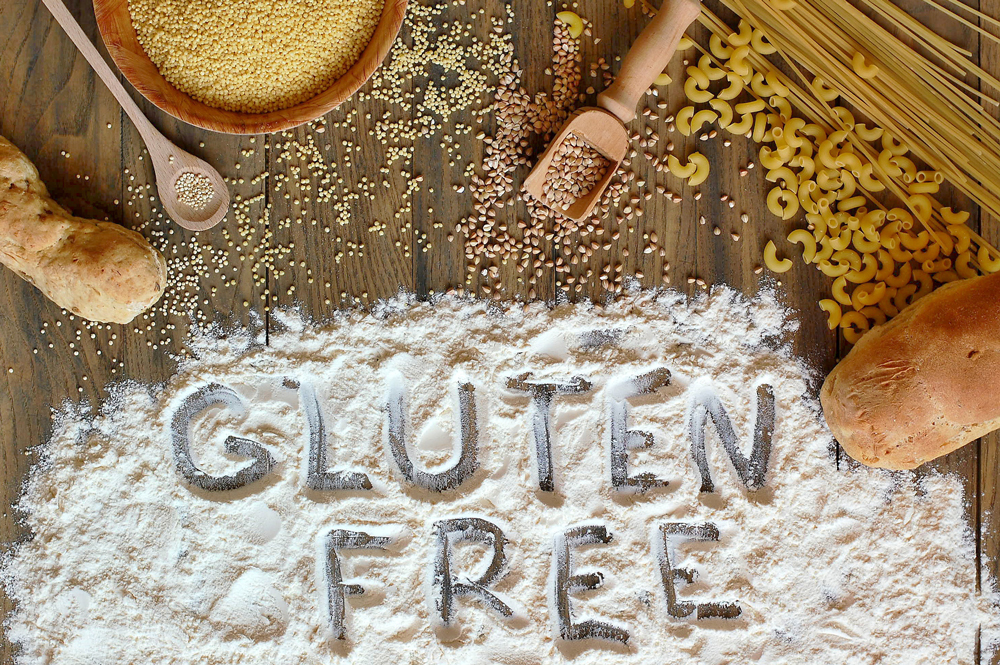The Challenges Of Gluten-Free Labeling
A gluten-free diet is a challenge for everyone involved — including the food manufacturers working to ensure those food products are well within compliance. As anyone with a gluten aversion knows, you can’t afford to have a product that only gets you partway there. You need confidence that gluten-free labeling is accurate in every regard.
Yet if the risk is to you, the onus is on us to get it right. Without exception. Here’s what we at PacMoore mean when we talk about taking gluten-free manufacturing seriously.
What Exactly Does It Mean to Be Gluten-Free?
Before you can begin to understand the challenges of gluten-free production, you have to understand the nuance behind the label. Gluten is a specific type of protein that occurs naturally in wheat. It seems harmless enough — and for much of the population, it is — but it can cause serious complications for people with a sensitivity to it. For example, a person who has celiac disease can have serious health complications if exposed to gluten.
Traditionally, those patients have had to adapt to an extremely limited diet. In fact, before 2013, there was no regulation that defined what it meant to be gluten-free. Thus, even if a product did have a gluten-free label, it wasn’t necessarily reliable. Times have changed, though, and the food manufacturing industry is increasingly attuned to the needs of consumers that require gluten-free diets.
How Do Food Manufacturers Comply?
Gluten-free regulations are very specific. While the federal government does not regulate the amount of gluten found in everyday foods, it is extremely strict about what types of food can carry the gluten-free label.
Food manufacturers must go to great lengths to fit within that category. According to the U.S. Food and Drug Administration, a product labeled as gluten-free cannot exceed 20 parts per million (ppm). In short, you have to get gluten levels down to the lowest possible level of detection using approved scientifically validated analytical methods.
What Should a Gluten-Free Shopper Look for in a Label?
 As noted above, the gluten-free label was far from consistent until just recently. However, with the new regulations and definitions came actual terminology to help shoppers know what fits the bill. According to the FDA, you can trust these following labels to be in compliance:
As noted above, the gluten-free label was far from consistent until just recently. However, with the new regulations and definitions came actual terminology to help shoppers know what fits the bill. According to the FDA, you can trust these following labels to be in compliance:
- Gluten-free
- Free of gluten
- No gluten
- Without gluten
Which Food Manufacturers Can You Trust?
With tighter regulations, virtually any food manufacturer that uses the gluten-free label can be trusted to be in compliance of federal rules. Nonetheless, it is advisable to choose a tried and true food manufacturer known for its services in specialty foods.
PacMoore specializes in meeting both common and uncommon food-production requests. Whether dry blending, spray drying, or extrusion, gluten-free manufacturing is one of our recognized strengths, and we help our customers earn the gluten-free label and open their markets to more people than ever.
To learn more about gluten-free food production and labeling, call the PacMoore team today.
